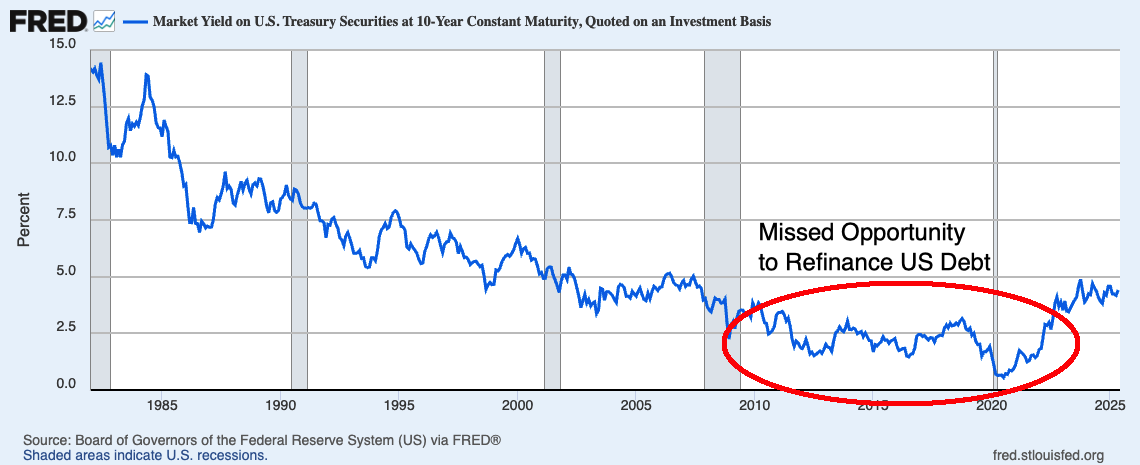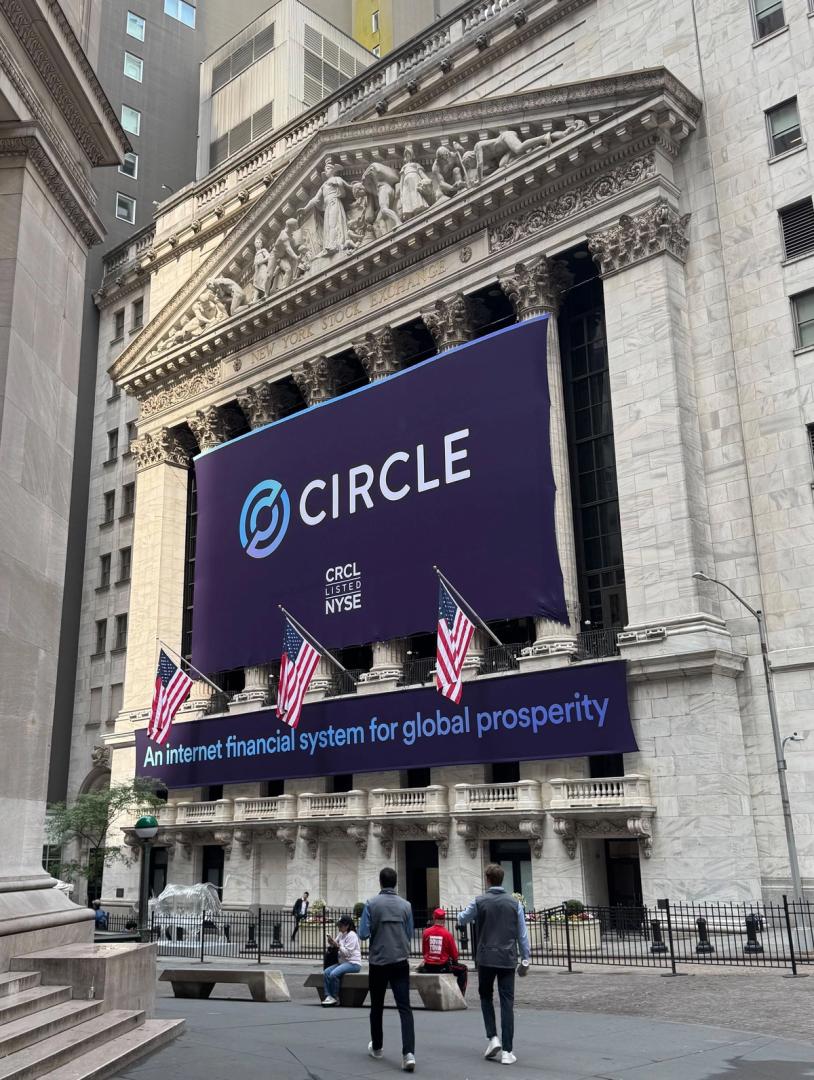I run a $4.2B 9-year-old company that’s acquired 3 startups. M&A makes increasing sense for companies like mine—not just the Fortune 500
For a startup, M&A can be a multiplier of talent, market presence, and momentum—if it’s done right.

For decades, mergers and acquisitions were seen as the domain of the world’s largest companies. Tech giants like Microsoft and Alphabet have long used deals as a strategic lever to expand their reach and capabilities. Nvidia, for instance, has completed six acquisitions since early 2024 alone. The logic is clear: These companies have the capital and infrastructure to navigate complex due diligence and integration processes, knowing that the gains—revenue acceleration, market share, new tech—can be significant.
For smaller organizations working on a different scale than the Fortune 500, it’s a very different reality. With smaller teams and leaner operations, most emerging companies are focused on scaling their core business, not scanning the market for acquisition targets. M&A is expensive, both financially and operationally. Without the financial cushion of a Fortune 500 balance sheet, it can feel like a risk that is not worth taking.
M&A strategy for smaller companies
But that perception is changing. Over the past year, my cybersecurity company Armis, founded in late 2015 and valued at $4.2 billion in our latest funding round, has acquired three startups for hundreds of millions of dollars. These acquisitions didn’t replace organic growth through R&D, but they became an integral part of our broader strategy, acting as a real force multiplier. Throughout these processes, we’ve learned that when done right, M&A can be transformative—even when you are at the startup stage.
Where large organizations can afford to “bet” on acquisitions—exploring unfamiliar markets or bolting on experimental technologies—we must be far more intentional. Every acquisition we pursue serves a specific purpose and has to be complementary to our offerings and benefit our customers. Customer demand is—and should always be—a catalyst in decision-making. In one recent deal, for instance, we saw growing interest in an on-premise option to complement our cloud-native platform. Rather than redirect internal resources to build something outside our core expertise, we acquired a company that already specialized in exactly what was needed. It wasn’t a pivot from our roadmap—it was a natural and efficient extension of it, driven directly by real-world feedback from the people who ultimately use our offerings.
Equally important is cultural alignment. For a deal to work, the teams involved need to see the opportunity not as an exit, but as a new chapter. It’s crucial to spend time understanding the DNA of a company before acquiring it. Smaller companies can’t afford the “rest and vest” mentality often seen when founders are acquired by much larger players. On both sides, this requires humility and commitment. It often means stepping into leadership roles that may not carry the same titles as before but come with real responsibility and impact in smaller organizations. This setup can also offer a key strength: You’re gaining someone who has already built and run a company, now focused on one specific area of the business, and who knows how to oversee things end-to-end. They know how to operate, make decisions, and execute efficiently. That kind of leadership raises the bar for the entire team.
The speed of startups
And then there’s the question of speed. Startups operate with urgency, and that needs to extend to M&A. We can’t afford year-long integration processes. When we decided to pursue acquisitions, we committed to a 90-day integration window—from decision to execution. That might sound too ambitious, and over the past year some analysts we came across have even questioned whether it’s realistic. But in practice, products have gone live, teams have been fully onboarded, and everything has been folded into our platform in just three months. That velocity is essential when you’re a smaller company acquiring a startup.
Of course, it’s not seamless. M&A comes with real costs, and the trade-offs are significant. Every deal requires time, energy, and focus—resources that inevitably get pulled from other parts of the business, especially when you’re a company of just a few hundred employees. Even when strategic alignment is strong, the timing isn’t always perfect. Integration brings friction. Roles may shift. In some cases, tough personnel decisions have to be made. At the end of the day, growth for its own sake is never the goal. Every move has to serve the larger vision. For us, that means approaching M&A with the same clarity, urgency, and intentionality we bring to supporting our customers and building products.
The bottom line is, M&A isn’t a shortcut or a sure thing. But when used deliberately, it can be a multiplier, not just of talent, product, or market presence, but of momentum. For companies like ours, it is a way to extend what we’re already good at and respond faster to our customers’ evolving needs. It’s not about mimicking the Fortune 500 playbook; it’s about making focused decisions that help us scale on our own terms and in ways that truly benefit customers.
Yevgeny Dibrov is CEO and cofounder of Armis.
The opinions expressed in Fortune.com commentary pieces are solely the views of their authors and do not necessarily reflect the opinions and beliefs of Fortune.
This story was originally featured on Fortune.com















































































































































































